Scroll Down to Read Today’s Essay
Subscribe to Baseball History Comes Alive for automatic updates (sign-up block found in right side-bar)
As a Free Bonus for subscribing, you’ll get instant access to my two Special Reports: Memorable World Series Moments and Gary’s Handy Dandy World Series Reference Guide!
1962 Post Season and World Series Photo Gallery
Click on any image below to see photos in full size and to start Photo Gallery:
1962: THE LAST DODGERS-GIANTS “PLAYOFF” SERIES
[Ed. Note: In today’s essay, Paul Doyle shares with us interesting reminiscences of the 1962 three-game “playoff” series between the Dodgers and the Giants, set amidst the backdrop of the scary Cuban Missile Crisis. I used quotation marks because, as you’ll see, it wasn’t really a “playoff.” A better term would be a National League “showdown.” I think you’ll enjoy Paul’s account. -GL]
Most of us who read Baseball History Comes Alive treasure the 1951 National League Playoff Series where Bobby Thomson hit the “Home Run Heard ‘Round the World.” The familiar echo of Russ Hodges screaming into his mike, “The Giants win the pennant, the Giants win the pennant, the Giants win the pennant” still resounds in our head, even after 70 years.
As we know, six seasons later, these two New York ball clubs abandoned their respective iconic ballparks and, like the pilgrims, went on a voyage on the Mayflower seeking the land of milk and honey. Only this time, the Mayflower was a moving van…
Baseball aficionados go gaga over storied rivalries like the Red Sox and Yankees, and the Cubs and Cardinals, ignoring the West Coast rivalry of the Dodgers and Giants and their long history. Perhaps this is because of the move to the West Coast, although 64 seasons later, it is encroaching on the longevity these two franchises had back in “Noo Yawk.”
Surprisingly, these two franchises have had no playoff games against each other. Especially in the era of the wild card, it’s interesting that—outside of 1951 and prior to this year’s playoff series—the teams met only one other time to see who would be the National League representative in the World Series. [Ed. note: The 1962 “playoff” games were actually considered “extra regular-season games,” with both teams playing 165 games that year. They were not “playoff” games in the strict sense.]
1962 Was Quite A Year!
In 1962, the Dodgers moved into their new ballpark in Chavez Ravine. The Giants had moved into Candlestick Park two years prior. The National League followed the American League by adding new franchises in New York and Houston. This again addressed possible antitrust actions. They were being proactive in awarding franchises in the fast-growing cities beyond the Mississippi. The league also matched the 162 game schedule of the American League, necessary to have a balanced format.
Both Teams Were Loaded!
The Dodgers were led by a banjo-hitting shortstop named Maury Wills and a young outfielder who could also fill in at third named Tommy Davis. Both had career years. Wills hit .299 and broke Ty Cobb’s single-season stolen base record with 104. All Davis did was hit a league-leading .346 along with 27 home runs and 153 RBI. Wills beat out Davis for the 1962 National League MVP. The Dodgers also had a young power hitter named Frank Howard who blasted 31 home runs along with 119 RBI.
The Dodgers’ pitching staff was loaded, with Don Drysdale winning 25 games and the Cy Young award, veteran Johnny Podres gutting out 15 wins, and of course the incomparable Sandy Koufax, whose season was lost when he was put on the disabled list in July with circulatory arm problems. It was the beginning of medical issues that would shorten his career. (see featured photo above of Dodgers’ Don Drysdale, Pete Richert, Stan Williams, Sandy Koufax, and Johnny Podres)
The Giants’ lineup included the great Willie Mays who hit 49 home runs. Thunder was also provided by a powerful first baseman who hit 35 home runs and 114 RBI and went by the nickname of “Baby Bull”—Orlando Cepeda. The Giants pitching staff was led by crafty right-hander Jack Sanford, who finished second to Drysdale in the Cy Young voting. At one point in the season, he won 16 games in a row. Veterans Billy O’Dell and Billy Pierce anchored the staff along with a young star-in-the-making, Juan Marichal.
The Dodgers Fade…While The Giants Surge!
The Dodgers led most of the way, a la 1951. As the year wound down, they went into a tailspin, losing 10 of their last 13. Meanwhile, the Giants got hot and won their last seven to move into a tie with the Dodgers on the last day.
This forced a “playoff” showdown. Following precedence, a best-of-three match was scheduled. The National League had always used this format, while the American League utilized a “sudden death, one-and-done format.” The series was to start at Candlestick for Game One, with Games Two and Three (if needed) at Chavez.
Crafty Billy Pierce, who the Giants had obtained from the White Sox in the offseason, pitched a Game One masterpiece: a three-hit, 8-0 shutout. When the series moved to Los Angeles, Game Two only drew 25,000, as Dodger fans had already purchased World Series tickets on a tentative basis. No advanced sale for this game made it difficult to fill the park with only walkup ticket buyers.
Game Two was a classic. In some respects, it mirrored a playoff game in today’s age. It took four hours and 18 minutes. Each team went all out in using their respective bullpens, with a total of thirteen pitchers giving up 15 walks, to go with 13 strikeouts. The only difference between this and a modern playoff game was that the “launch angle” was still over 50 years away from ruining the game. Thankfully, there were none noted in this game.
In Game One, it looked dire when the Giants took a 5-0 lead into the sixth. At that point, the Dodgers hadn’t scored a run in 35 innings. In what seemed at the time like a desperation move, Walter Alston chose Sandy Koufax to start the game, coming perhaps too soon after his stint on the Disabled List. Sandy lasted only one inning, taken out in the second after giving up three runs on four hits. The Giants eventually won the game, 8-0.
Then suddenly, in Game Two, the Dodger bats came alive in the bottom of the sixth with a seven-run explosion. The Giants added two to tie it in the top of the eighth. The Dodgers won the game in the bottom of the ninth which started with a couple of walks, a sacrifice to move the runners over, and an intentional walk. Ron Fairly then ended it with a sacrifice fly. Giants’ manager Alvin Dark, foreshadowing today’s modern managers, had used four pitchers in the inning to try to salvage the game.
In the third and final game, the Dodgers had a 4-2 lead going into the ninth inning. The Giants rallied for four runs to win it, 6-4. Walter Alston resisted using Don Drysdale in relief as he was hoping to start him in Game One of the World Series—a game that Alston ended up watching on TV.
Meanwhile, The Scary Cuban Missile Crisis…
So, as you can see, this series (which counted as regular-season games for the players’ statistics) had suspense, heroes, and goats galore. As all this was going on, the world was abuzz as the Cuban missile crisis was accelerating and would fully erupt on October 22, six days after the World Series ended.
On a personal note, I was worried for two reasons: My Hillerich and Bradsby Orlando Cepeda model bat, which my mother bought for me using numerous books of S&H Green stamps, was stolen. I had carelessly left it out after a game of streetball.
Secondly, I was wondering if I would find it in either Heaven or Hell. As a young Catholic school student, I listened to Sister Mary Perpetua each day that October. She was insisting that we get ready to amend for our sins, as the nuclear bomb was coming [Ed. Note: Many of us “seniors” know exactly what Paul is referring to -GL].
Fun days ameliorated by the black and white flicker of the 16-inch TV showing a playoff and World Series to remember. Fifty-nine years later, we’re still here and the Dodgers and Giants are set to play another showdown series.
Paul Doyle
Source: Baseball Reference.com
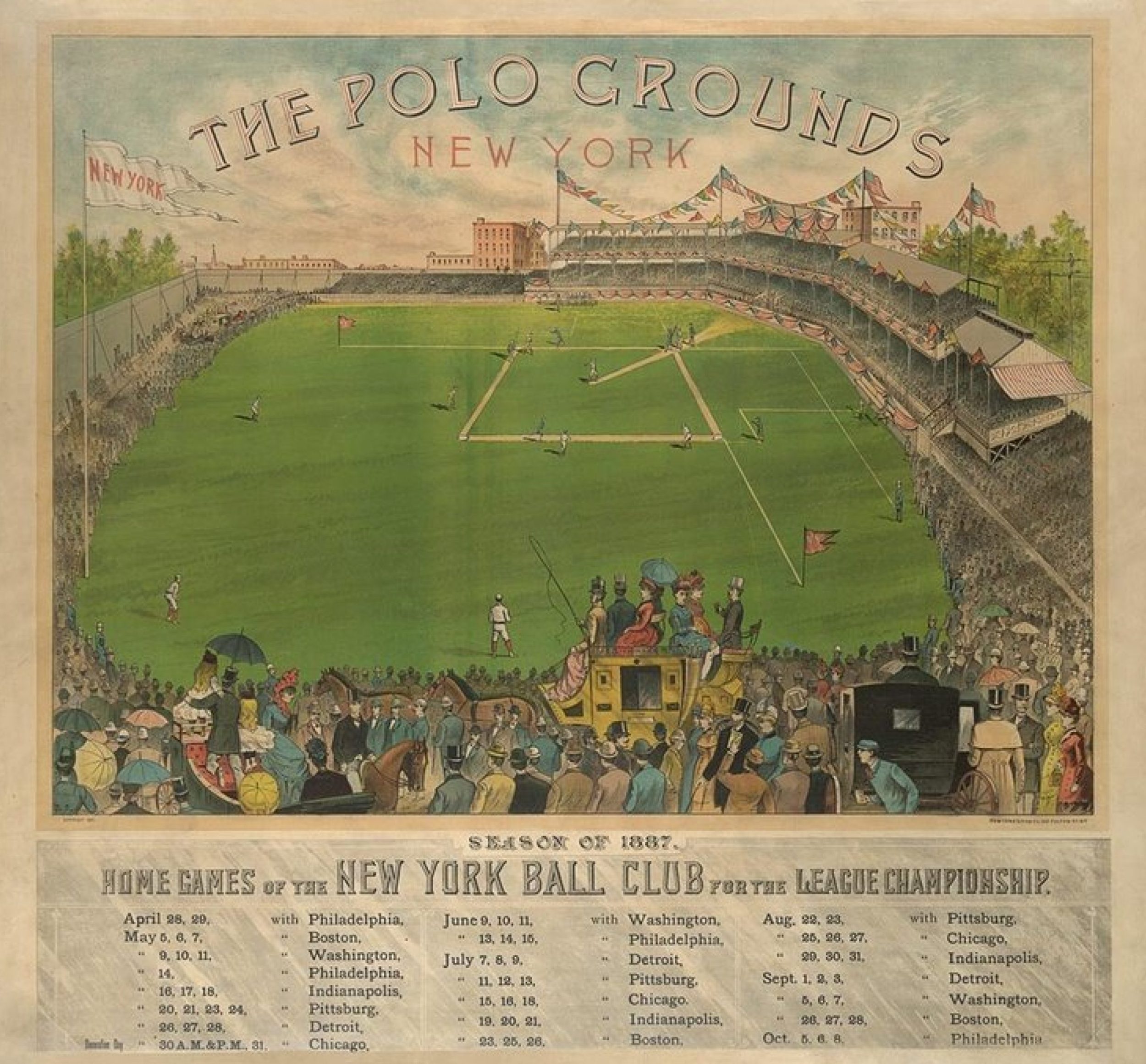
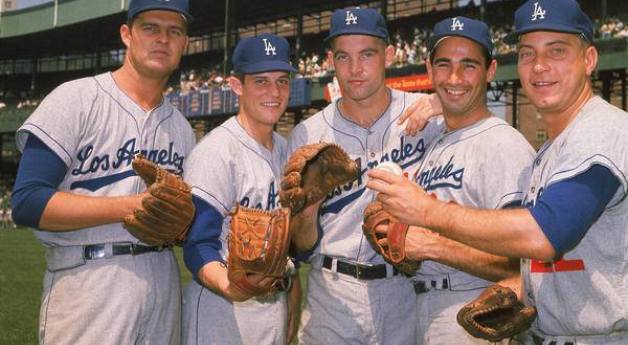
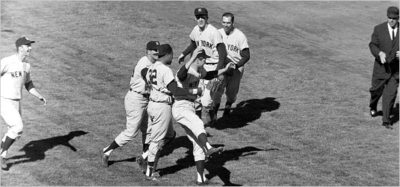
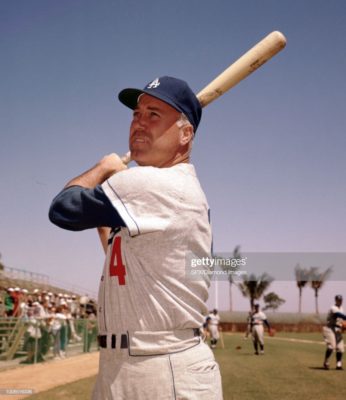
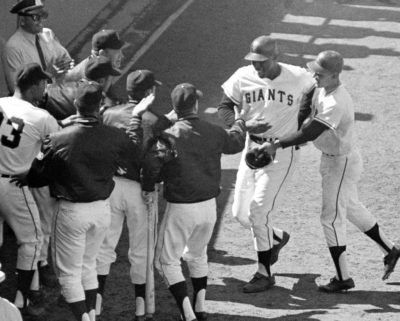
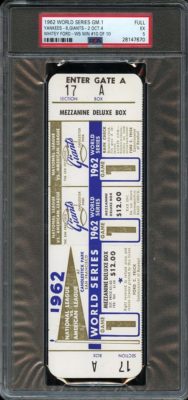
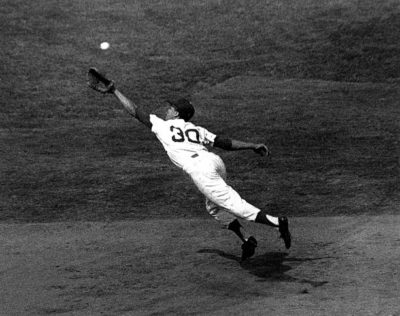
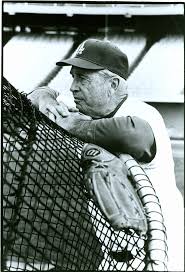
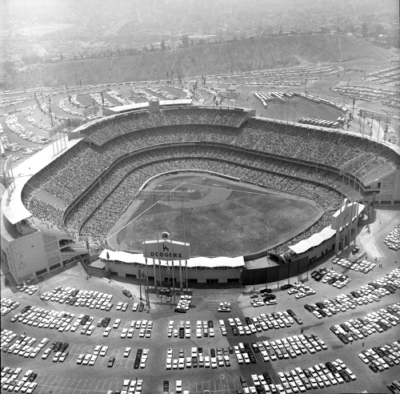
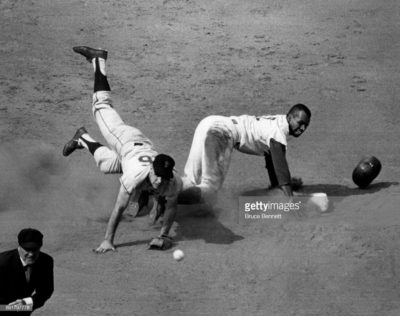
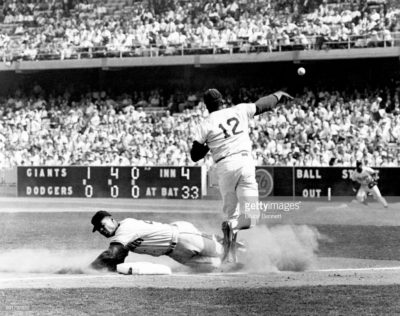
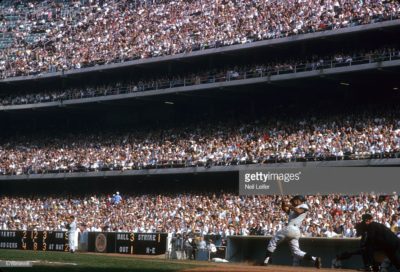
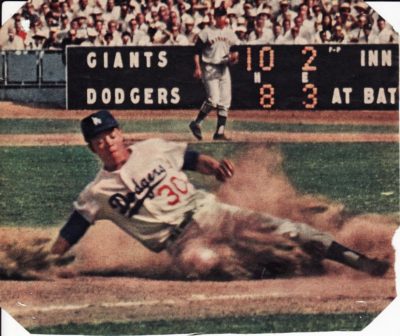
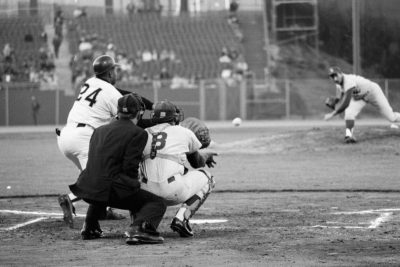
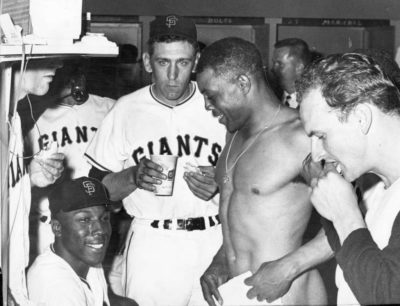
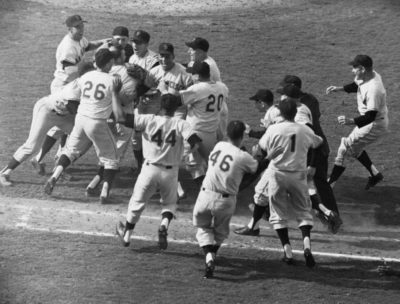
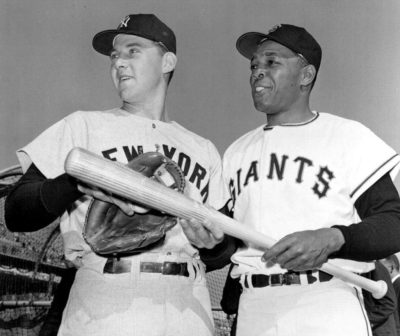
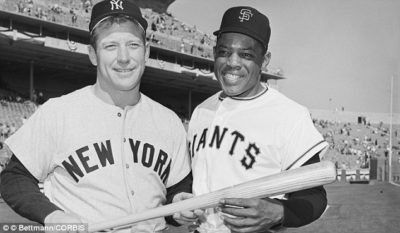
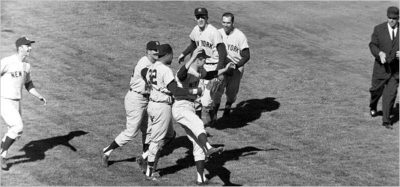
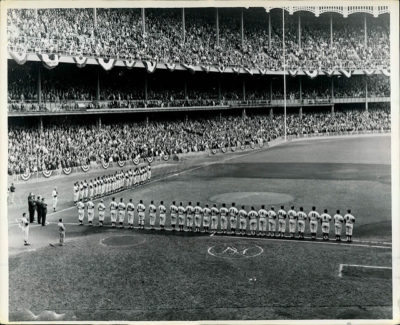
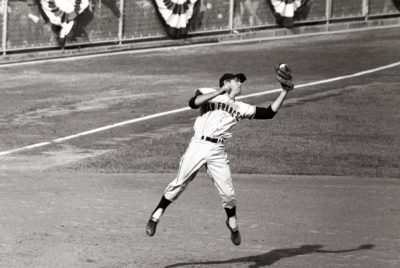
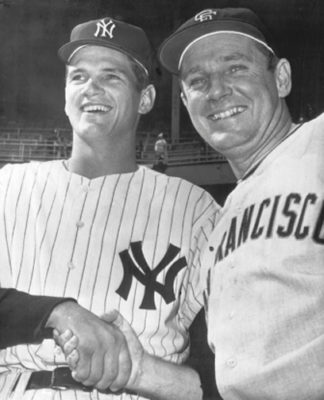
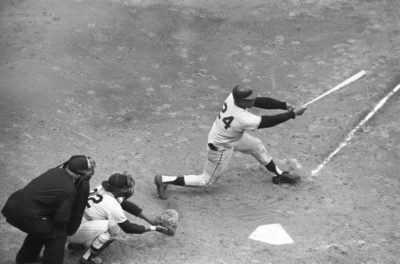
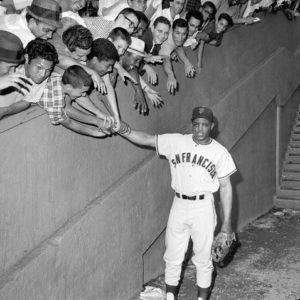
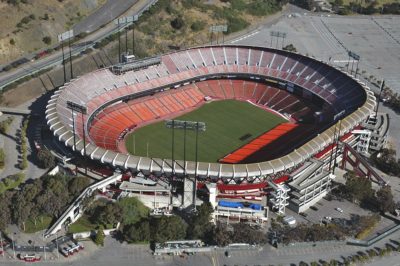
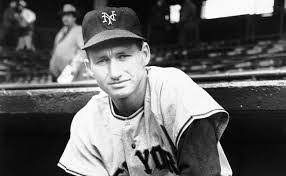

Good recount from Paul – thanks – this 3 game series is one that I was unaware of but it reads like a nail-biter!
Nice essay from Paul on the 1962 3-game “playoff” series. A couple years ago I wrote a piece on the 1962 World Series, which also had a dramatic ending. I may have to put it out as a nice follow-up to Paul’s essay.
I wonder how many of you out there remember the S & H green stamps that Paul’s mother collected to buy his Orlando Cepeda bat! For you young guys, S & H green stamps were a real big thing back then and many of our mothers and grandmothers were collecting them, hoping to get some item that they really wanted! Maybe someone can give us a rundown on exactly how the system worked.
Also those of us old enough to remember the Cuban Missile Crisis will never forget those days either.
Gary,
I can explain the S&H stamps. They were “premiums” given out for purchases, mainly at grocery stores. The dollar amount spent determined the number of stamps along with special days of “double stamps”. They were collected in a small 3 1/2 x 5 inch booklet.
There were redemption centers where you could redeem the completed booklets for an array of merchandise from a catalogue.
I can’t remember exactly how many books of stamps the bat cost, but, believe me, it was many, many months of purchases. The bat was part of my birthday present.
I felt horrible when it went missing as I had it for all of a little more than a month.
I soon envisioned that I would be facing Satan’s “heater” with a little prodding from Sister Mary Perpetua. : )
Haha!…Thanks for the update. I remember the stamps, the booklets, and the redemption centers. Think my grandmother used to collect them.
You had Sister Perpetua…i had Sister Josepha at the time.
In the school playground that October, every time planes flew over, all of us kids would point to the sky and stop whatever we were doing and wonder if war was coming. Yes Gary, we will never forget that tense period in our neighborhoods.
I was 11 in ’62, the biggest Dodger fan in Newark, NJ. I bled blue before Tommy Lasorda. That loss in Game 3 devastated me. My Father had to console me. That’s how distraught I was. Stan Williams, who was significantly blamed for the ninth inning debacle, became a “pen pal” of mine over the years. A great guy. He passed away a few months ago and I miss him. Well, no matter how upset I was, I still rooted for the Giants in the WS. I was a die hard NL fan!
I enjoyed Paul’s article. Looking at the picture of the Dodgers pitching staff, it appears to me that Stan Williams (a righty) and Sandy Koufax (a lefty) had exchanged their fielding gloves. I could be wrong. But it looks like a baseball players joke on the photographer!
Jay – I have had this photo for 40 years and NEVER noticed the trick until you mentioned it!
Lucky you – It’s a great photo. I hope my glove switch comment doesn’t diminish your enjoyment of it.
Not at all Jay. The photo is from 1962, taken at the Polo Grounds, first year of the Mets. I saw Stan Williams beat the Mets 17-3 and homer in the same game that year. It was the first Mets Old-Timers Game prior to the regularly scheduled one, 1951 Dodgers vs. ’51 Giants, Saturday, July 14, ’62. Sat with my Dad on the third base line, second row and Jackie Robinson walked right by us. Exciting day for this 11 year old at the time. They lost the pennant because they lost Koufax mid way through the season. I loved that team.
I wrote a piece on Stan Williams when he passed away, I think last year. I remember he was bitter at the Dodgers all these years later for the blame they unjustly put on him for that loss. If I can find it, I’ll repost it.
The Getty Image photo is of Felipe Alou, not Mays. I remember that follow-through swing distinctly.
Jay – You guys are right about the mitt switch. They were pulling a fast one on the photographer. I’ve used this one before and someone always catches it!
Nice piece by Paul. However, Sandy Koufax started game 1 in Candlestick Park, not game 2 in Dodgers Stadium. Game 2 was started by the top two 1962 NL Cy Young vote getters, Don Drysdale and Jack Sanford, a remarkable fact given the sloppiness of the game!
In 1962 I was a baseball-crazed 10 year-old boy living in a nascent Silicon Valley that lived and died with my Giants! My memories of that season, ‘playoff’ and World Series are razor-sharp even 59 years later.
Paul is also a bit off on his claim that the ‘playoff’ and World Series coincided with the Cuban Missile Crisis. It was on October 22, 1962, six days after the World Series had ended.
Thanks Chris, i updated the text a bit so everything should be clear now.